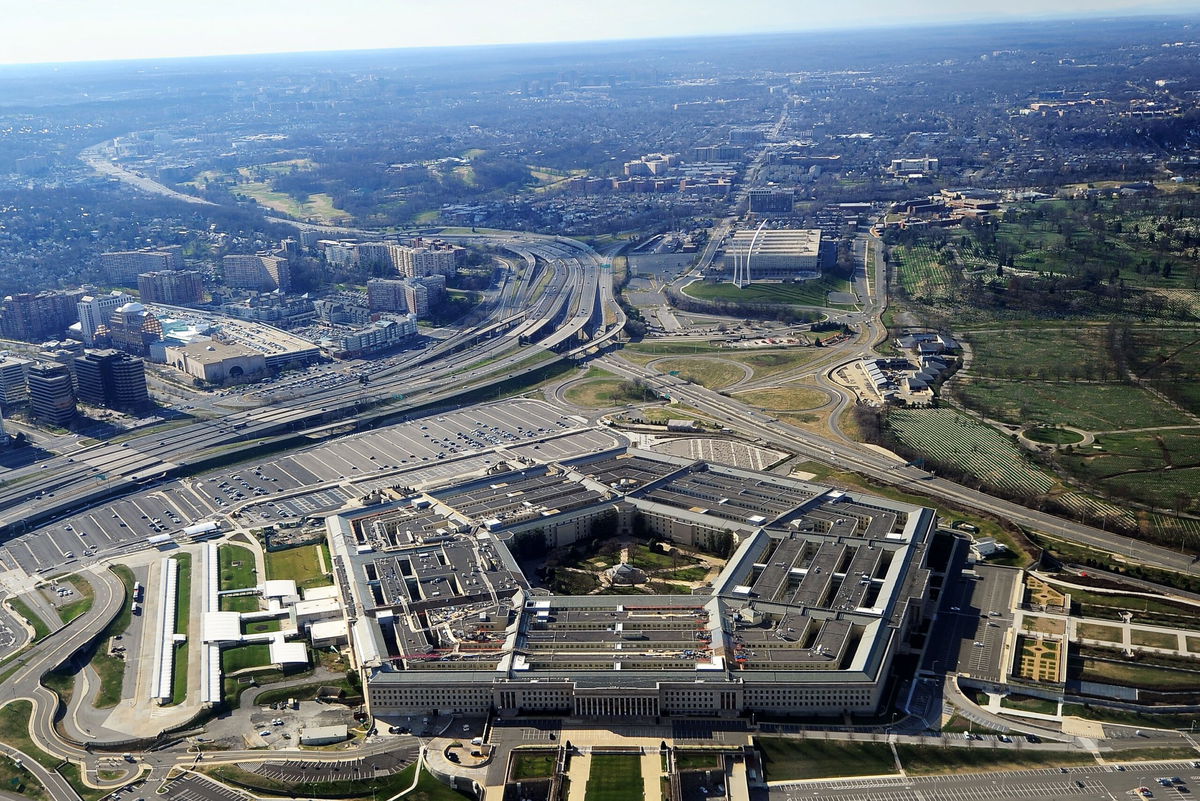Biden admin announces new weapons assistance package for Taiwan

The US is expected to announce a weapons package for Taiwan valued at more than $300 million.
By Oren Liebermann and Natasha Bertrand, CNN
Washington (CNN) — The US on Friday announced a new weapons package for Taiwan valued at up to $345 million, a move that is likely to anger Beijing at a time when the US has been attempting to reset its relationship with China.
This package marks the first time the US has transferred equipment to Taiwan under what’s known as Presidential Drawdown Authority, allowing the US to pull the weapons and other stocks directly from Defense Department inventories. Just like many of the weapons deliveries to Ukraine, this process accelerates the transfer of inventory.
It’s unclear what weaponry or equipment will be in the drawdown package – the announcement did not detail its contents, as such announcements often do with Ukraine aid packages.
Pentagon spokesperson Lt. Col. Martin Meiners said the package “includes self-defense capabilities that Taiwan will be able to use to build … to bolster deterrence now and in the future.” He added that the systems include “critical defensive stockpiles, multi-domain awareness, anti-armor and air defense capabilities.”
Meiners said that the administration will continue to review the kind of equipment Taiwan will need for self-defense and assess the best authority to meet those requirements moving forward.
“Obviously the US has not changed our policy on Taiwan,” Meiners said. “We are committed to the One China policy [and] the Taiwan relations act.”
Taiwan’s Ministry of National Defense expressed gratitude to the US for its “firm security commitment to Taiwan” in a statement Saturday.
“Taiwan and the US will continue to work closely on security issues to ensure the peace and stability of the Taiwan Strait as well as the status-quo,” the statement read.
In previous instances, the US has allowed Taiwan to purchase weapons from the US, a process that takes more time, instead of delivering the equipment directly from US inventories.
Taiwan’s most recent purchase, which took place last month, included $332.2 million of 30mm ammunition and related equipment, as well as $108 million of logistics support.
The Taiwan Economic and Cultural Representative Office declined to comment.
In early May, the island’s defense minister, Chiu Kuo-Cheng, said Taiwan was in talks with the US for a fast-tracked $500 million weapons package. The package, he said at the time, would make up for delays in the delivery of other weapons, some of which had been diverted to fulfill the urgent needs of Ukraine.
A week later, US Defense Secretary Lloyd Austin told lawmakers that a “significant” security package would be coming “soon” for Taiwan, part of the $1 billion Congress had authorized in drawdown authority for Taipei.
But the package was delayed, in part because of an accounting error that forced administration officials to recount the value of the equipment provided to Taiwan.
“This is the first time we have done a Taiwan PDA,” a senior administration official said earlier this month, “and it has taken a bit longer than we would normally expect.”
At the same time, the Biden administration pursued diplomatic progress with Beijing, trying to reopen frozen lines of communication and restart dialogue.
In June, Secretary of State Antony Blinken became the first top US diplomat to visit Beijing in five years. Blinken, who canceled a previous visit to Beijing after a Chinese spy balloon made its way across the continental United States, said the two countries had made progress toward improving and stabilizing relations between the two superpowers. His visit was a litmus test for whether the governments, increasingly at odds over Taiwan as well as over China’s actions in the Indo-Pacific, could prevent relations from further deteriorating.
In a sign of progress, Treasury Secretary Janet Yellen visited Beijing in early July.
This story has been updated with additional information.
The-CNN-Wire
™ & © 2023 Cable News Network, Inc., a Warner Bros. Discovery Company. All rights reserved.
CNN’s Wayne Chang contributed to this report.